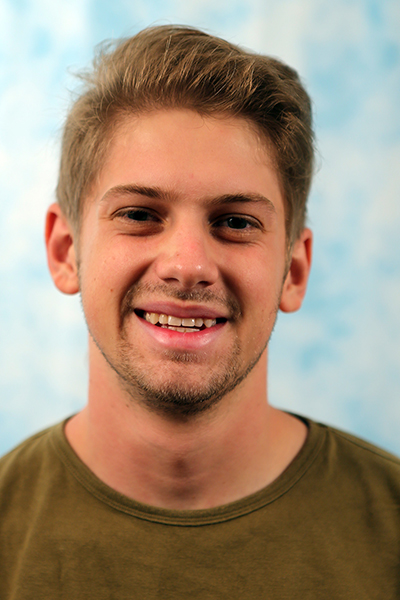
4:00 pm to 5:00 pm
NSH 4201
Abstract:
Reconstruction tasks in computer vision aim fundamentally to recover an undetermined signal from a set of noisy measurements. Examples include super-resolution, image denoising, and non-rigid structure from motion\cite{Kong_2019}, all of which have seen recent advancements through deep learning. However, earlier work made extensive use of sparse signal reconstruction frameworks (e.g. convolutional sparse coding). While this work was ultimately surpassed by deep learning, it rested on a much more developed theoretical framework. Recent work by Papyan et. al. provides a bridge between the two approaches by showing how a convolutional neural network (CNN) can be viewed as an approximate solution to a convolutional sparse coding (CSC) problem. In this work we argue that for some types of inverse problems the CNN approximation breaks down leading to poor performance. We argue that for these types of problems the CSC approach should be used instead and validate this argument with empirical evidence. Specifically we identify JPEG artifact reduction and non-rigid trajectory reconstruction as challenging inverse problems for CNNs and demonstrate state of the art performance on them using a CSC method. Furthermore, we offer some practical improvements to this model and its application, and also show how insights from the CSC model can be used to make CNNs effective in tasks where their naive application fails.
Committee:
Simon Lucey (advisor)
Deva Ramanan
David Held
Leo Keselman
